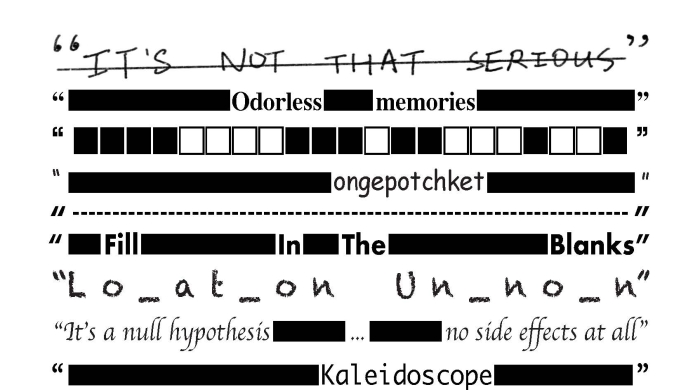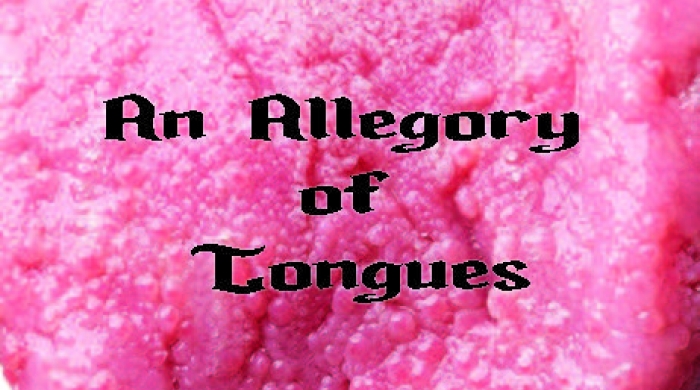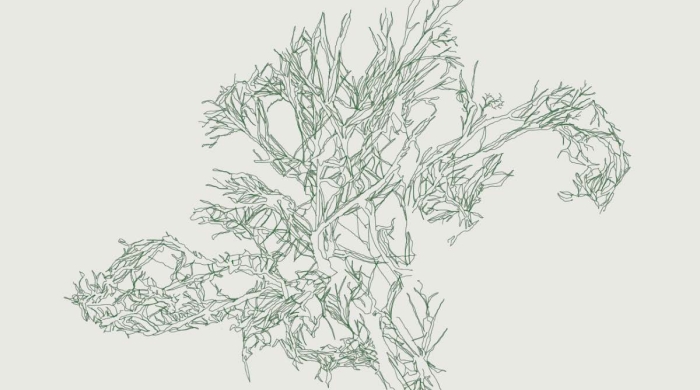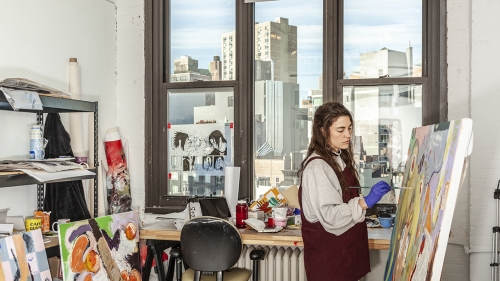
2023 BFA Thesis Exhibitions
March 22–May 12, 2023
Opening Receptions
5:00–7:00 PM
March 22, April 5, April 19, May 3
The Commons & Rosenberg Gallery
34 Stuyvesant Street, Barney Building
in this house made of sand
Thesis Exhibition 1
March 22–31
Students: Apollo René, Briana Pierre, Carlos Grajeda, Jacob Turnage, Julia Merchan, Kaeylarae Buntin, Keydi Alvarez, Lorena Campes, Müjgan Gadimbayli, Ryann Coleman, Susan Behrends Valenzuela, Victoria Sherwood
Faculty: Laurel Ptak
It's Not That Serious
Thesis Exhibition 2
April 5–April 15
Students: Sul Lee, Cassie Liu, Simon Rosenthal, Angel Hu, Justin Cho, Li-Chun Pan, Andrea Morinigo, Sunny Qiu, Talia Rudofsky, Daniel Martinez
Faculty: Hiroshi Sunairi
An Allegory of Tongues
Thesis Exhibition 3
April 19–April 28
Students: Maite Armstrong-Matta, Ryleigh Avnet, A.R. Cruz, Regina Escobedo Guerra, Emma Lee, Natalie Osmond, Sae In Park, Anahita Sahafian, Jenna Sharaf, Jessica Lu Wong
Faculty: Lila Nazemian
Mycelia
Thesis Exhibition 4
May 3–May 12
Students: Amanda Lindsay, Casey Wang, Chaewon Lim, Echo Yan, Elijah Chavez, Elsa Stern, Francie Hill, Natalia Palacino, Paloma Brites, Rachel Graves, Rachel Whitelaw, Shriyash Bajoria, Yutaro Sahara
Faculty: Jonathan Berger
As the capstone project for our four-year BFA program, the thesis exhibitions constitute a significant marker for each participating student’s evolving practice and process over the years. This opportunity to participate in a culminating exhibition, showcasing their individual and collective work, in a publicly accessible setting, is a crucial aspect of their academic learning towards becoming practicing artists.
As they emerge from this experience and understand the critical role of an active audience engaging with their work, going forward, these young artists are more prepared to navigate the challenges and rewards of a public-facing art practice. Additionally, the exhibition not only gives them the opportunity to engage their own work in dialogue with their peers, and an audience, it also creates space for each of them to occupy the role of an audience member as well, engaging their critical thinking and analytical skills, and ultimately, furthering their ability to access their own work from multiple perspectives.





